There are many iconic cameras out there, the Nikon F, the F2, the Leica Rangefinders, Rolleiflex, Stylus Epic, Crown Graphic, and many more. And while many films have achieved popular success, there is only a single one that has captured the imagination of thousands if not more through its life, and that film is Kodak Kodachrome — introduced in 1935 as one of the first commercially successful colour slide film. Launched initially as a colour movie film, it soon flooded into the still photography market. The Kodachrome I shot was introduced in 1974, although the first ASA-64 Kodachrome was released as Kodachrome-X in 1962, however, by 1974 the move to the last Kodachrome process K-14 changed the name of Kodachrome II (ASA-25) and Kodachrome X (ASA-64) to the more familiar Kodachrome 25 and Kodachrome 64. What made Kodachrome stand out was how it was processed, the K-14 process called for 17 steps, but because of how the film worked and how it was processed it proves to be an archivally stable film stock like no other colour film in the modern era. The complexity would be the film’s downfall, by 2009 manufacturing of the film and the processing chemicals were stopped, and the final lab, Dwayne’s Photo in Kansas continued processing for another year before ending and scrapping the line. I only got to shoot Kodachrome for a short time as I came into it only through listening to the Film Photography Podcast who were talking of the end of Kodachrome right from their first season. The idea of going back and reviewing Kodak Kodachrome is in light of last year’s return of Kodak Ektachrome E100, and with the addition of a Nikon Coolscan V ED to my workflow I decided to go back and rescan some of my slides. These were all shot throughout 2010. Thanks to the Film Photography Project, Sean Galbraith, John Meadows, and Dwayne’s Photo for all the help in creating this review.
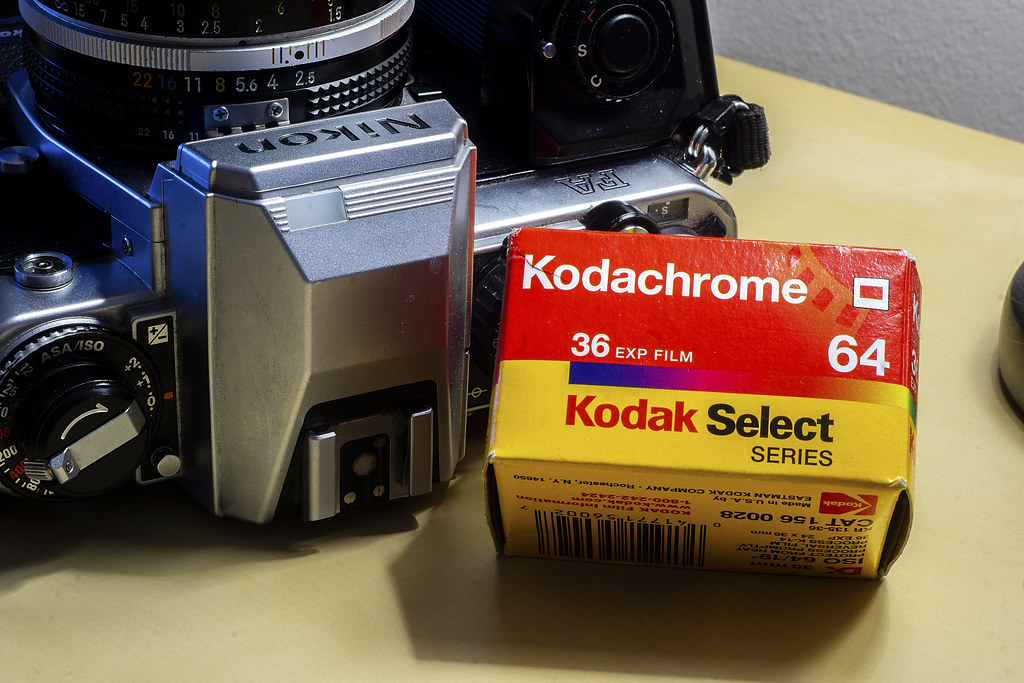
Film Specs
Type: Colour Slide Film (Additive, K-14 Process)
Film Base: Acetate
Film Speed: ASA-64
Formats Available: 35mm, Medium (120)
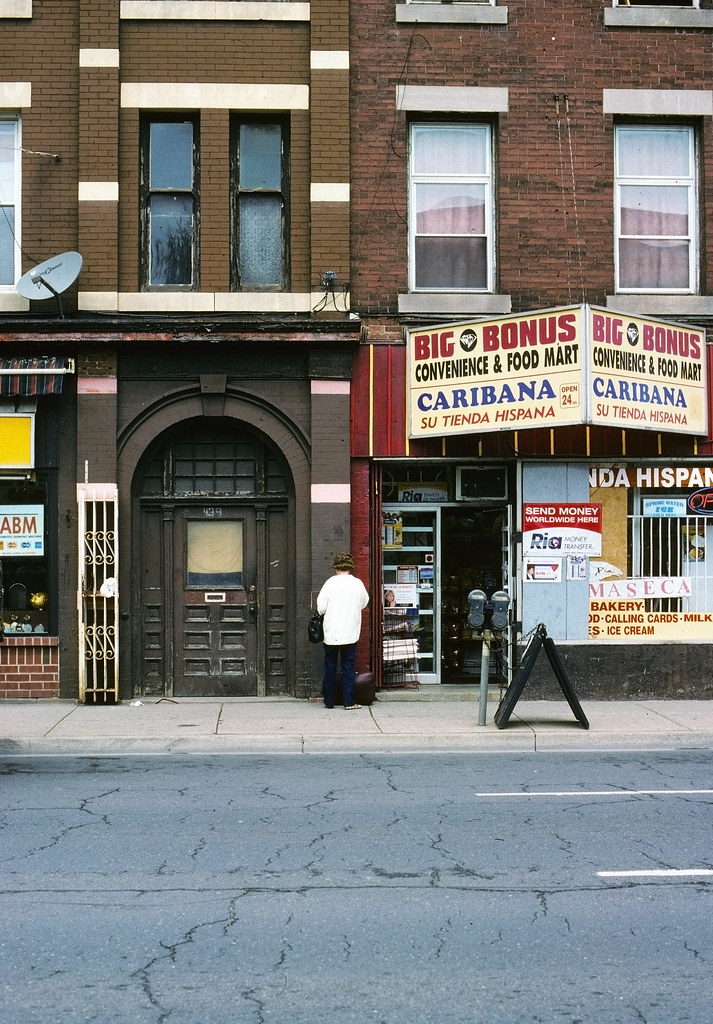

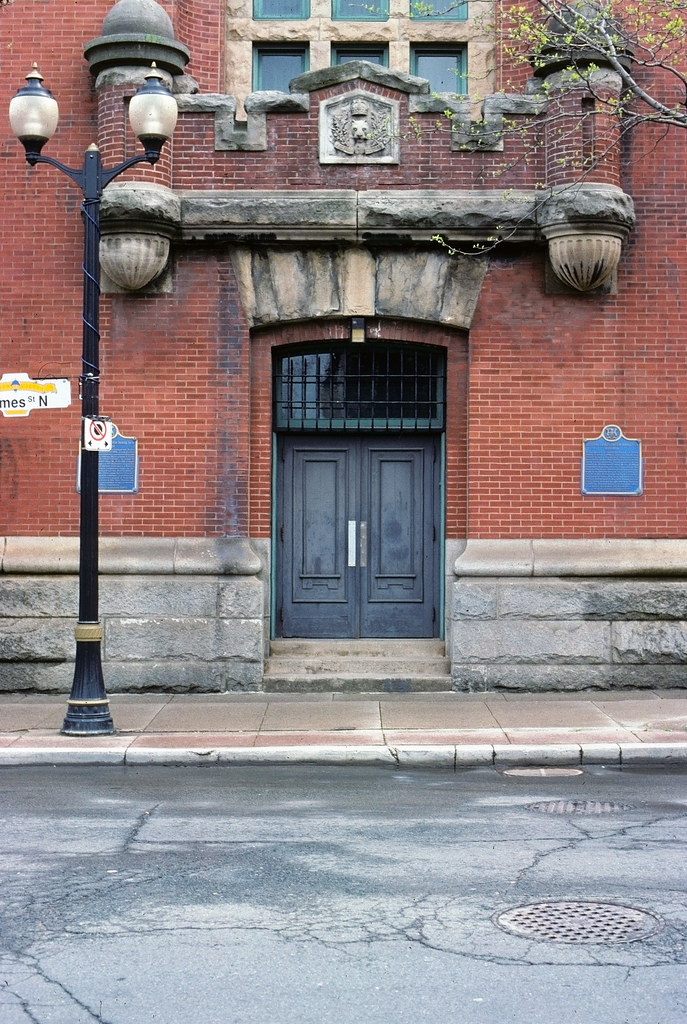
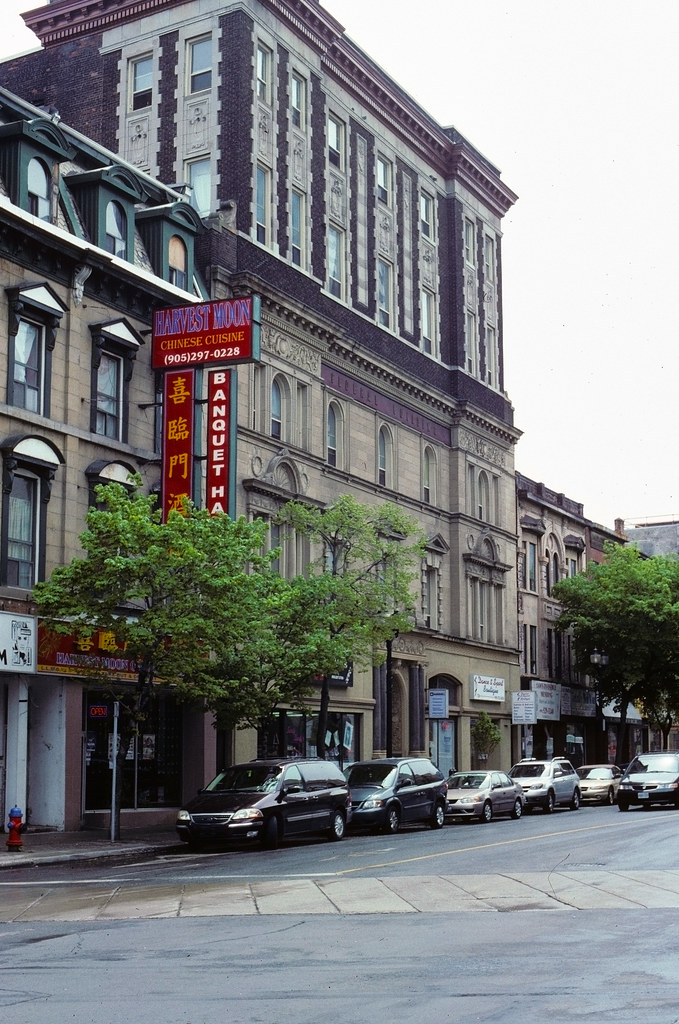
Colour Redition
There’s a good reason people love Kodachrome, it renders colours beautifully, rich and vibrant. With the Reds and Greens standing out above the others. Images are saturated but not the point of being overly contrasty, for example, what you’d find with Fuji Velvia (RVP). The skies are a perfect blue; yellows are bright and sunny. I mean you listen to the Lyrics of Kodachrome by Paul Simon, and it will tell you exactly what you need to know about the colours that you get with Kodachrome. I loved working with the film in urban settings with varied colours and textures all of which were beautifully rendered on the film stock. And the secret to why Kodachrome looked so good is because the colours were added during the development, the film itself starts as Black & White which each layer sensitised to a specific colour spectrum using the CYMK model and each dye is added, unlike E-6 which using dye clouds in the film itself. And why the K-14 (and previous models) are complex, lengthy, and cannot be duplicated today.
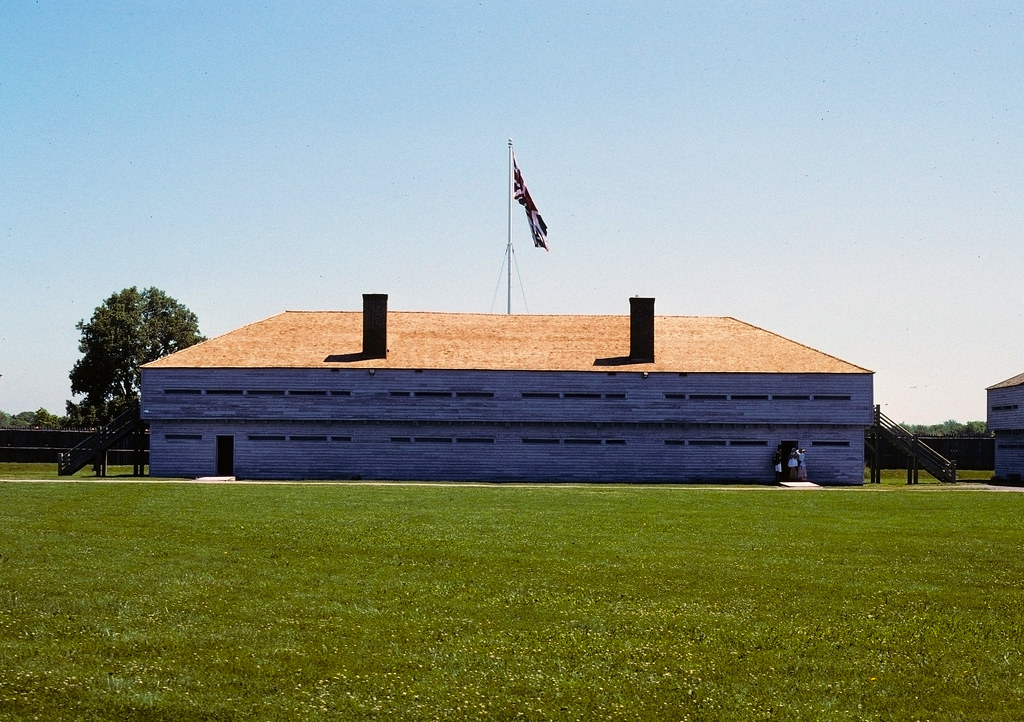
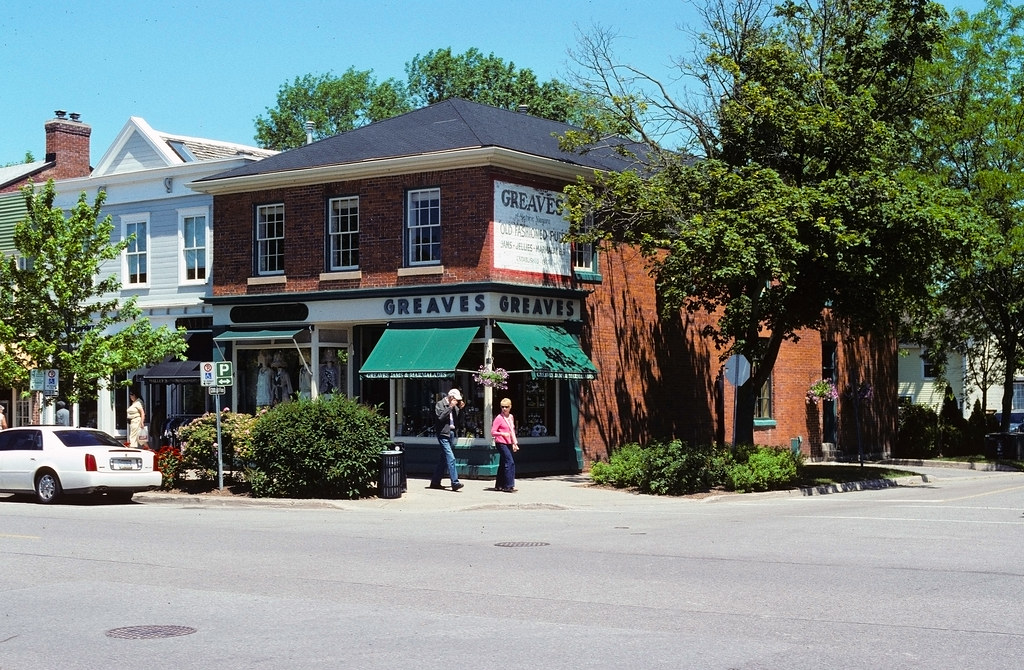
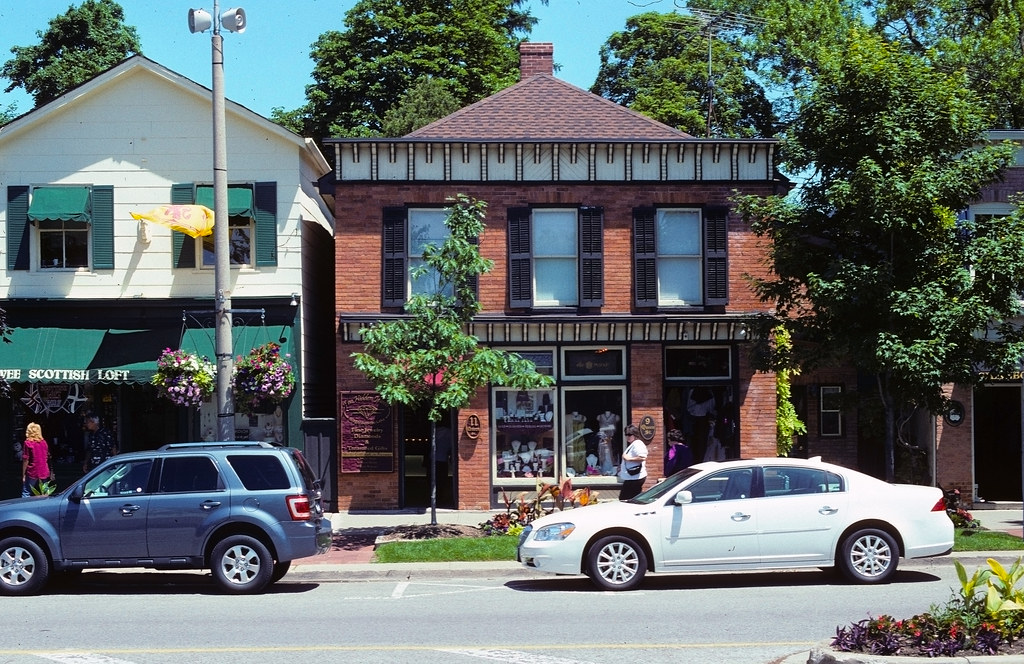
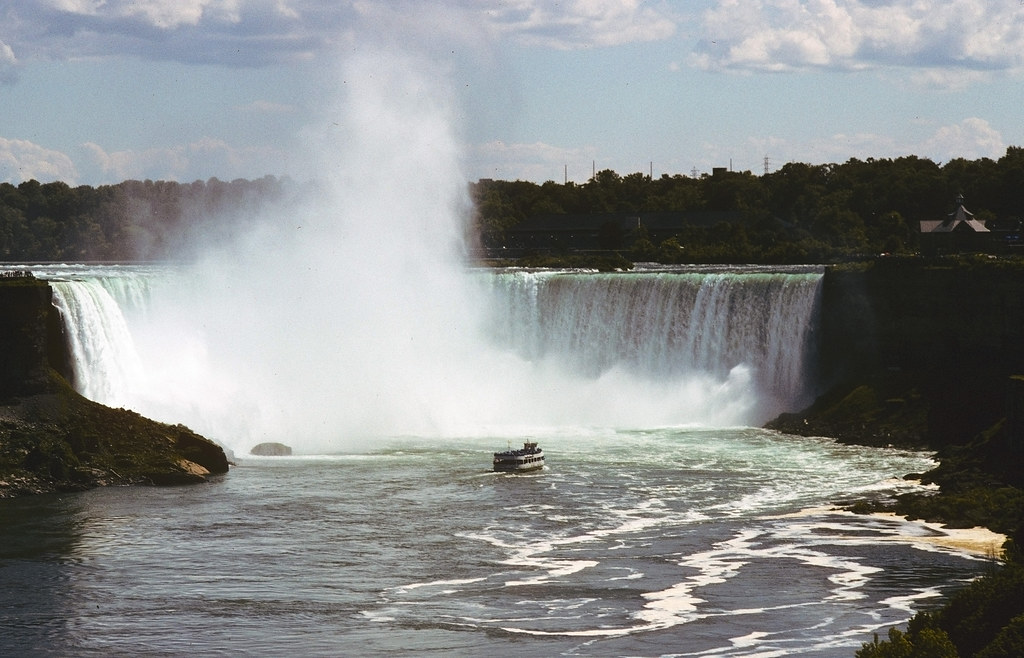
Image Quality
As I mentioned in the previous paragraph Kodachrome at its core is a black & white film, this gives the film a good image quality. The images are bright, contrast is on point, and colour rendition is second-to-none. But it also means that you have an image that lasts if properly stored. Kodak has published some test footage shot in 1929 which is just as rich and vibrant as the day it was first exposed and stated that you’ll see some fading in the yellows after one hundred years. And even under poor conditions (such as an open to the elements classroom at an abandoned college) the Kodachrome slides I found scattered about the A/V room were bright and colourful while the old Ektachrome slides were magenta. Even the old slides I’ve scanned that my Oma and Opa Luyckx shot on their trips are still in perfect shape. While not as sharp as Kodachrome 25, the sharpness and grain you get with Kodachrome 64 are amazing, and only adds to the power of the images.
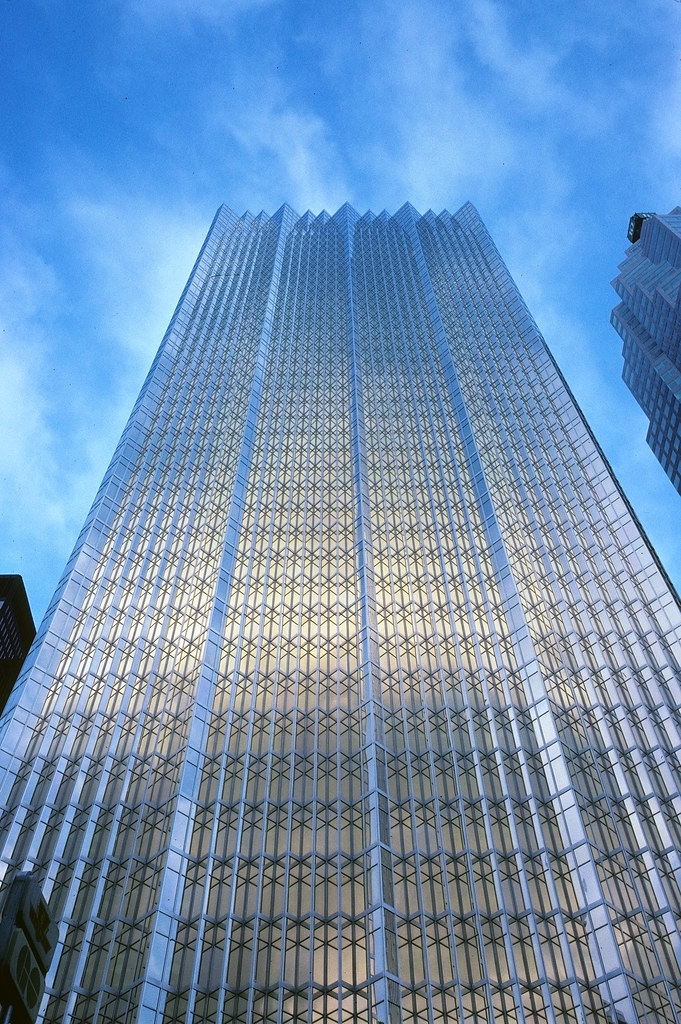
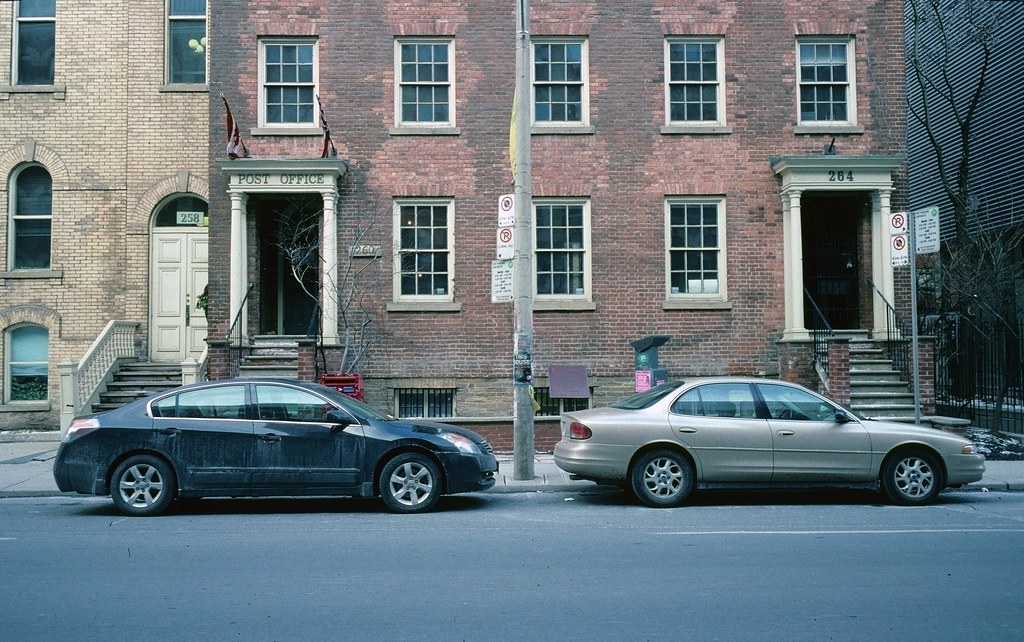
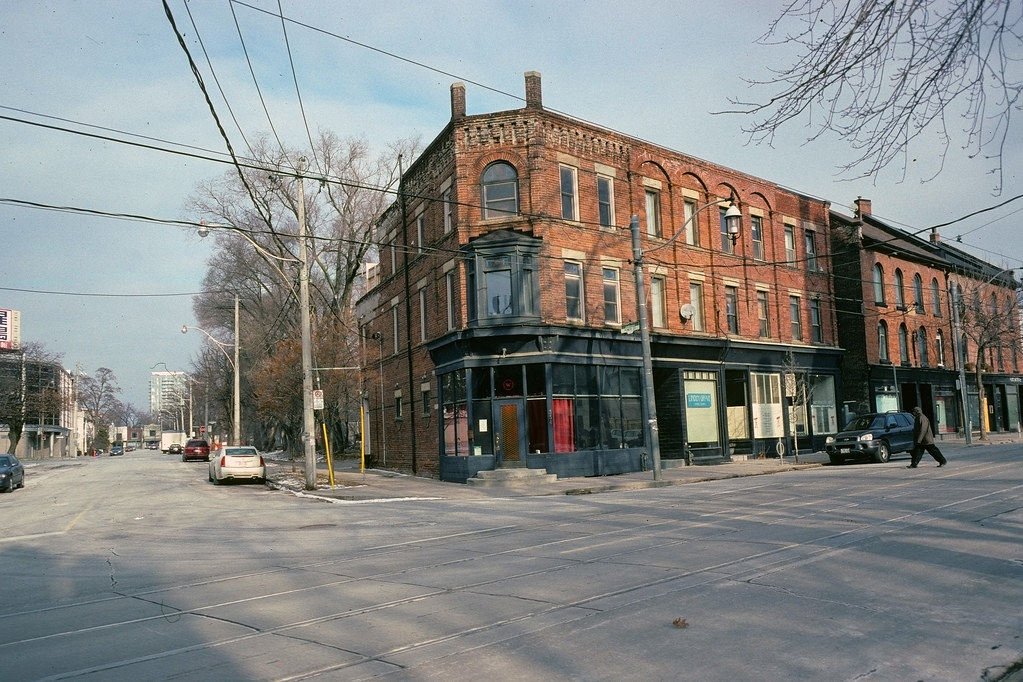

Scanning
Scanning Kodachrome 64 is easy, I’ve scanned the slides on all of the scanners I’ve used, the Epson V500 and V700, and recently for this review the Nikon Coolscan V ED. The Nikon Scan software even has a setting specifically for Kodachrome, which combined with Photoshop turned out beautiful images that show off exactly what you get with Kodachrome short of projecting it up on the screen. And while scanning Kodachrome is far from perfect, as a colour slide film, compared to the other films I’ve scanned of the E-6 variety, it is an easy one and a pleasing experience because there’s little in the way of colour cast on properly stored, short, and developed slides.
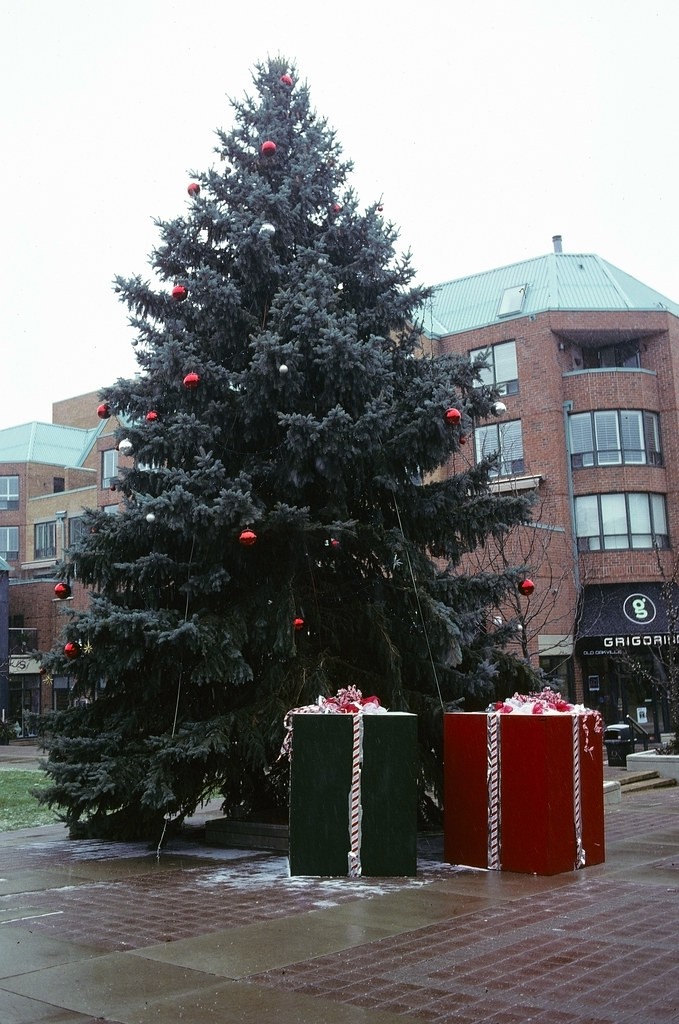
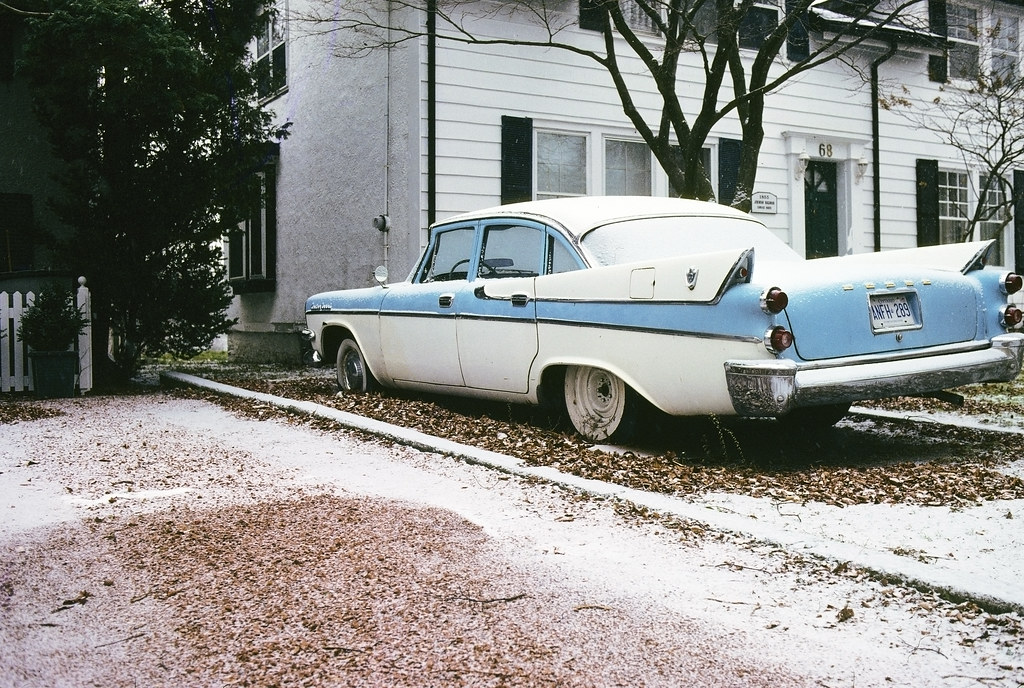
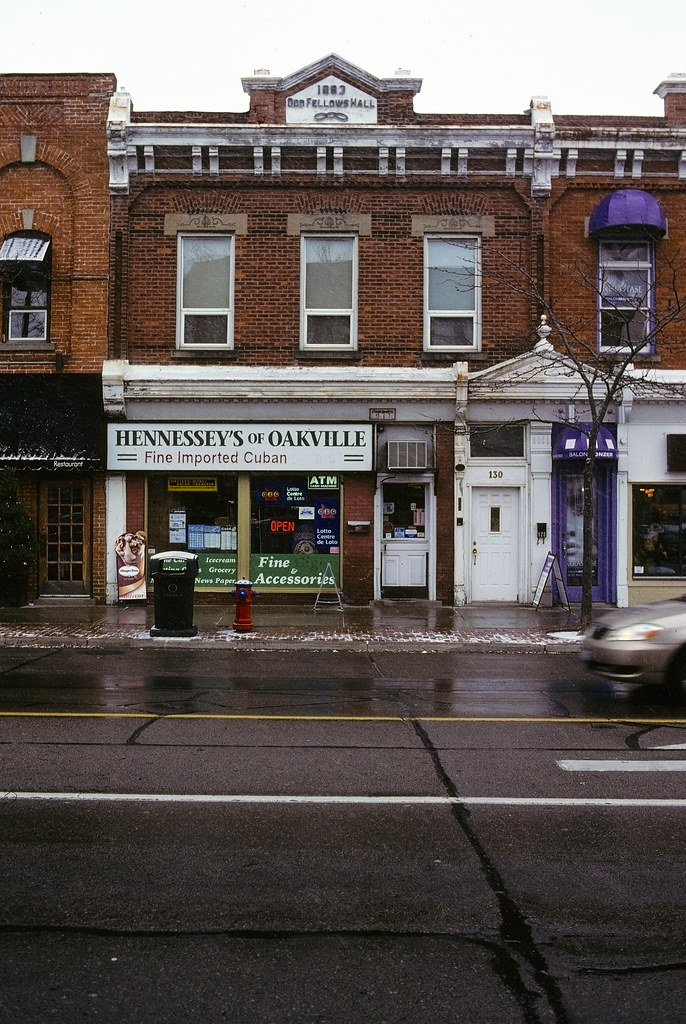
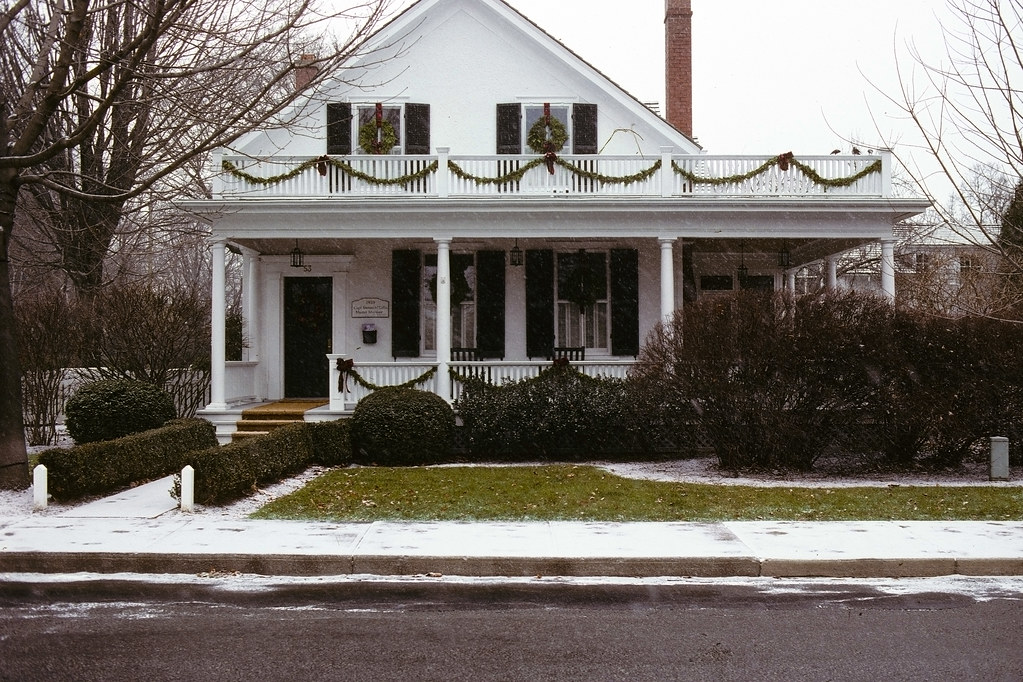
Overall Impression
The first two rolls of Kodachrome I ever shot were stored questionably and the results were terrible. And I thought that was it, remember, I only shot Kodachrome through 2009 and 2010. But a chance bag of film from fellow photographer and generally all-around awesome guy Sean Galbraith changed that. I suddenly had some properly stored rolls that I managed to get amazing results out of three of them, I also got a roll of Kodachrome 25 (as a treat I included four such images in this review) and Kodachrome 40 Type A (Tungsten Balanced), these two yielded amazing results. And while we won’t be seeing Kodachrome again, not in its original form. But that doesn’t mean we can’t still enjoy those slides shot on Kodachrome forever, keep them well stored. Plus I’ve found for a C-41 film, Kodak Ektar 100 (slated for review later this month) is close. But that doesn’t change the fact that mama, they took my Kodachrome away.